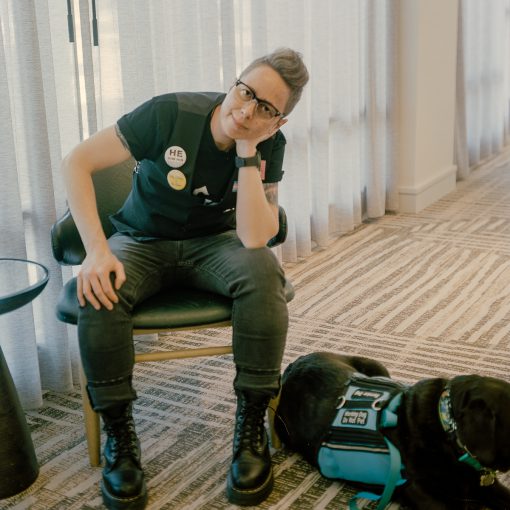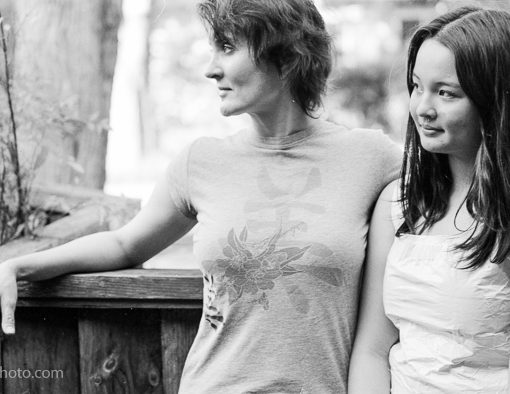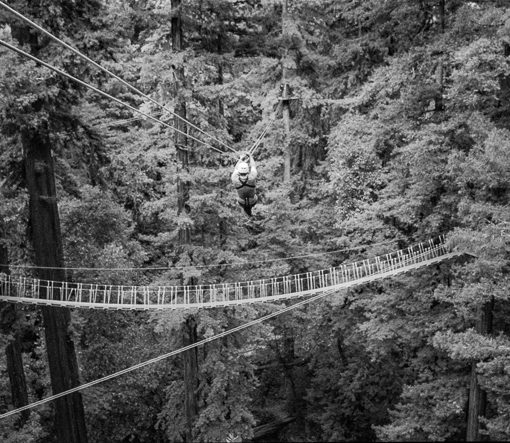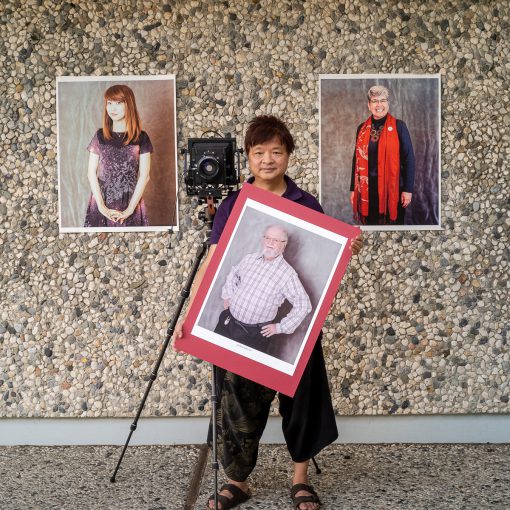“The negative is the equivalent of the composer’s score, and the print the performance.” – Ansel Adams
When I shoot film (which is most of the time), I generally use the film’s “box speed” (e.g. where Tri-X is rated at ISO400) and occasionally push the film as needed. One school of thought is to deliberately overexpose the film and then develop it normally (e.g. effectively rating Tri-X at ISO200, but then developing it as if it has been shot at ISO400). This produces a “dense negative”, with the histogram pushed far to the right. This blog http://www.johnnypatience.com/the-zone-system-is-dead/ explains the technique along with sample images.
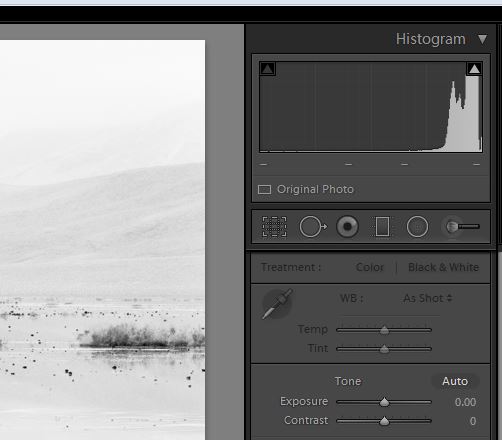
I tried this technique a little bit, and while I liked the results, I generally reverted back to normal exposure / normal development because “it works for me”. However, recently, I have been doing negative scanning for David Wing, a Guggenheim Fellow photographer, and his negatives have taught me a lot (to clarify – I am not saying that David’s techniques are the same as Johnny Patience, it’s just a jump-off point).
All photos on this page copyright David Wing. All rights reserved.
First of all, look at this image. I have seen a lot of dune images, but this one is so lyrical. So much detail in the shadow area:

According to David: “…these (TXP-320) negatives are very heavily exposed, more like 64 ISO, and developed very softly, like 50% of normal. It’s true that I have used 1/15 sec at f/22 with a 1-stop yellow filter in full sun. “
Scanning these negatives well takes some effort. Using Flexcolor and the Flextight 848 scanner, this is often what the resulting image looks like using a standard profile:

Not all image results came out like this, of course, and with most of them, I was able to make some quick changes in Lightroom to create a good working image for David. However, with this particular image, I threw up my hands and said, “what the heck am I going to do with this?” Using Lightroom to work on this scan just created muddy results, although I knew from the thumbnail of the darkroom print that this negative should produce a spectacular image.
So, I played with the curve controls in Flexcolor, and the results (after additional Lightroom processing) were phenomenal:
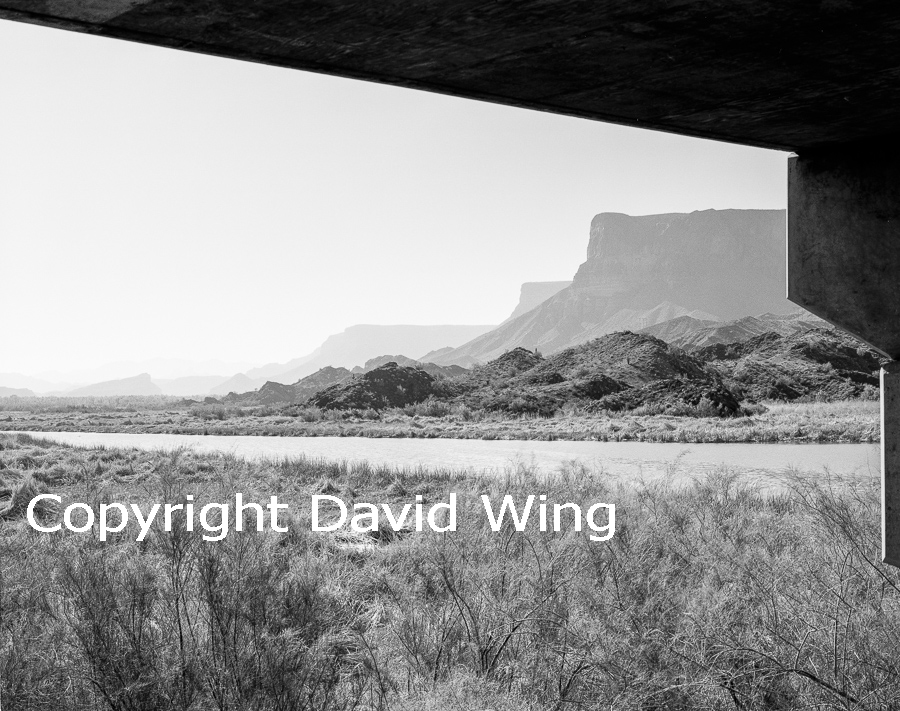
I left enough room in the highlight and shadow areas, and the contrast reasonably flat, so that David can further manipulate the image to his taste. However, according to him, the images I deliver are already close to his ultimate goal. The web/blog images do not really do them justice; looking at them properly, the images just glow:

In addition to my learning a lot, IMHO I felt these images really demonstrate the veracity of Ansel Adams’ quote, usually paraphrased as “the negative is the score, the print is the performance”.
Are you interesting in scanning your negatives? I offer a variety of service. See here: http://xpanscanning.com

